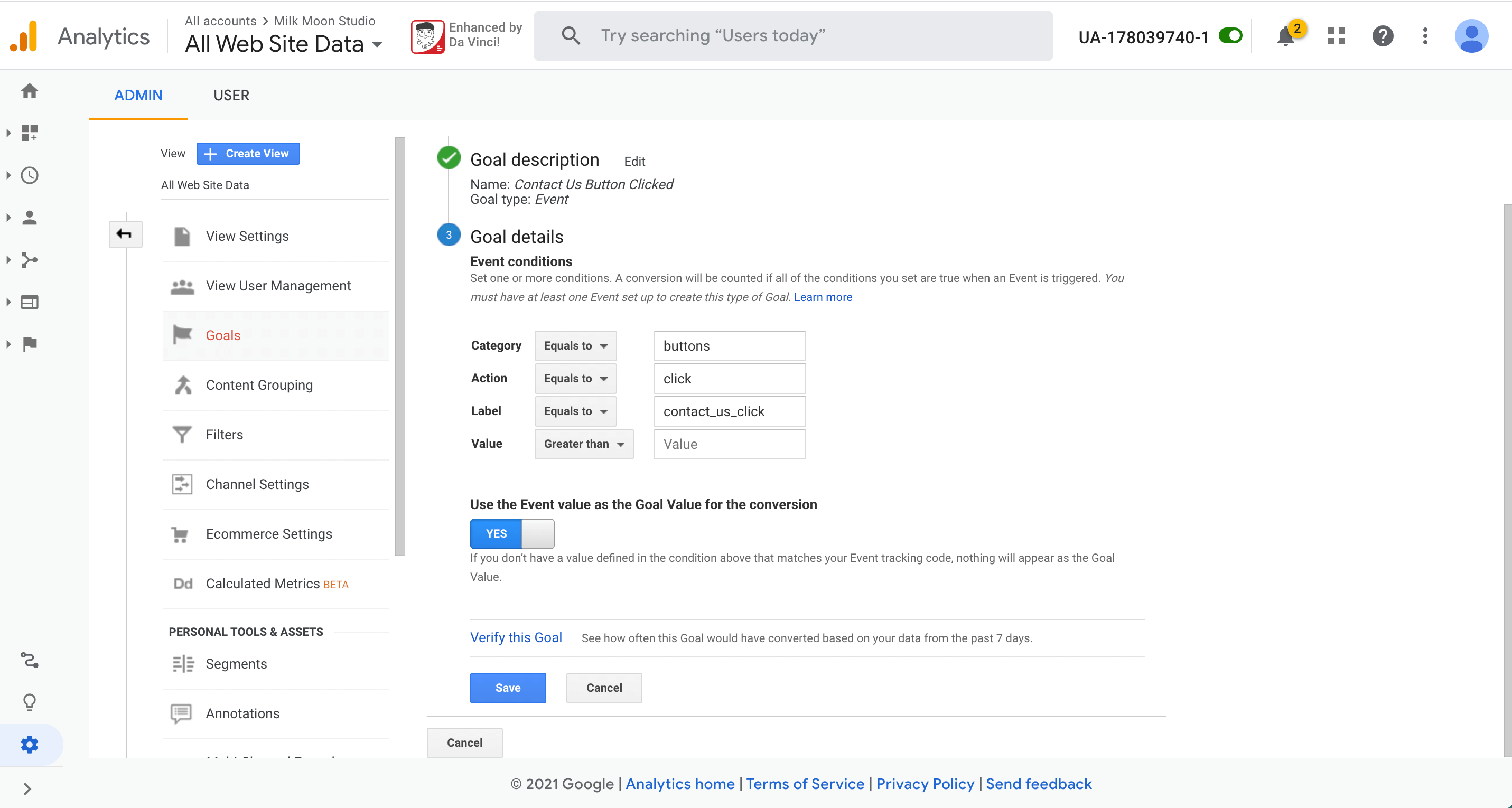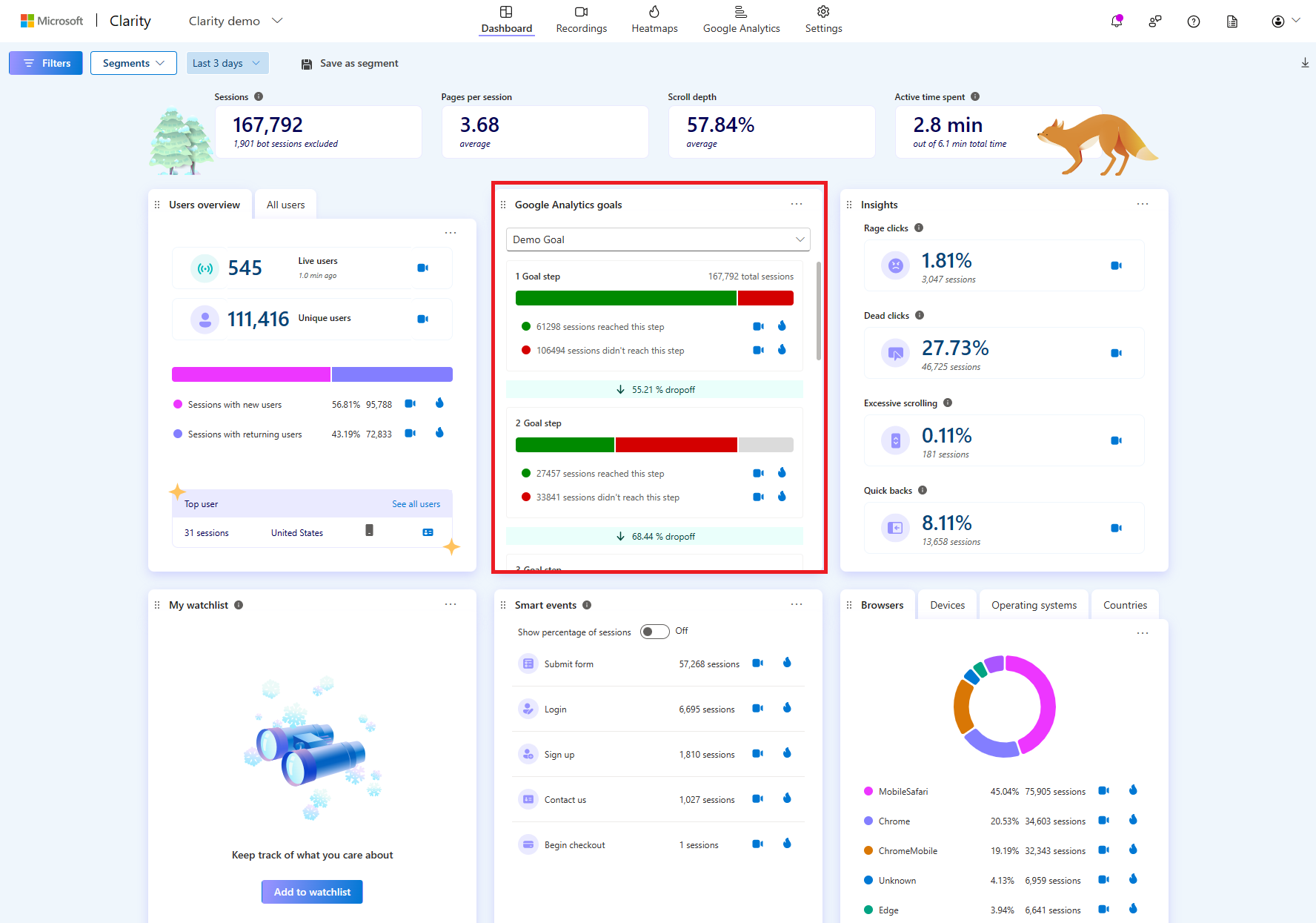Debunking Google Analytics Limitations: Reveal What Information Goals Can not Track
In the realm of digital analytics, Google Analytics stands as a powerful tool that offers important insights right into web site efficiency and customer actions. However, in the middle of its capabilities, there exist constraints that often go unnoticed. Understanding what Google Analytics can not track is critical for a detailed understanding of information interpretation and decision-making procedures. From the ins and outs of user communication with dynamic content to the intricacies of cross-device user trips, these restrictions clarified locations that may continue to be obscured from typical analytics point of views. By deciphering these restraints, a clearer image emerges, enabling even more educated approaches and fine-tuned understandings into customer engagement and conversions.

Customer Interaction With Dynamic Material
Customer communication with dynamic material plays a critical function in recognizing customer behavior on sites and enhancing the total individual experience. Dynamic web content describes elements on a website that can transform without the demand for a full page reload. This includes interactive aspects such as pop-ups, sliders, kinds, and video clips that respond to user actions in real-time. By tracking individual communications with vibrant web content, internet site owners can gain important insights into individual interaction, choices, and actions.
Google Analytics provides numerous devices to track user communications with dynamic web content, such as event monitoring and online pageviews. Event tracking allows you to check particular customer actions, like clicking a switch or viewing a video clip, supplying data on exactly how customers engage with vibrant aspects.
Cross-Device Customer Journeys
Exactly how can modern-day analytics devices track the complicated courses customers take across multiple tools in their on-line journeys? Cross-device individual journeys offer a considerable obstacle for tracking and assessing user habits accurately. As individuals connect with apps or web sites making use of various gadgets such as tablets, desktops, and mobile phones, it becomes vital to understand how they relocate between these systems to optimize individual experience properly.
Google Analytics faces restrictions in tracking cross-device user journeys due to personal privacy problems and technological restraints - what data is google analytics goals unable to track. While it can give understandings right into private gadgets' interactions, tracking a seamless customer trip across several devices remains an obstacle. This constraint can lead to incomplete data and fragmented user insights, making it tough for services to develop a unified sight of the client trip
To resolve this problem, companies can make use of advanced analytics devices that supply cross-device tracking capabilities, enabling them to acquire a more all natural understanding of individual behavior. By leveraging these devices, businesses can link the space in tracking cross-device user trips and enhance their digital approaches for a seamless customer experience.
Offline Conversions and Attribution
As businesses browse the challenges of tracking cross-device customer journeys, an additional essential aspect to take into consideration is the realm of offline conversions and acknowledgment in the realm of information analytics. While Google Analytics offers valuable insights right into on the internet customer behavior, it drops short when it concerns tracking conversions that happen offline. This restriction postures a considerable obstacle for companies that have both online and offline sales channels.
Offline conversions, such as purchases made in physical shops or through telephone call centers, are necessary to recognizing the total consumer journey. Without the capacity to associate these offline conversions to certain online interactions, businesses may have a hard time to accurately measure the effect of their electronic marketing efforts.
To resolve this void, companies can check out different solutions such as integrating CRM systems with on the internet analytics devices or making use of unique promotion codes that can be mapped back to on-line campaigns. By linking the void between online and offline data, companies can gain a much more extensive understanding of their consumers' behavior and improve their general marketing approaches.
Person Customer Recognition
In the realm of data analytics, the ability to accurately determine individual users across various online touchpoints is a crucial challenge for services looking for to customize and maximize their advertising strategies. While Google Analytics offers useful insights right into individual behavior and communications, it falls short in allowing the identification of specific people as a result of personal privacy problems and technological constraints. Google Analytics makes use of unique identifiers such as cookies to track individual sessions and behavior, yet these do not relate to recognizing specific customers in an individual sense.

Data From Secure Pages
Regardless of the increasing prevalence of secure pages on internet sites, getting data from these encrypted resources presents a distinct difficulty for digital analytics platforms like Google Analytics. Safeguard web pages, indicated by HTTPS in the link, encrypt information traded in click here now between the customer's web browser and the website's web server to ensure privacy and safety and security. While this security is essential for shielding sensitive details, it likewise postures limitations for tracking individual habits and gathering analytics information.
Google Analytics encounters challenges in collecting in-depth information from safe web pages as a result of the security protocols in place. Therefore, specific data points such as reference resources, keyword searches, and also some customer communications may not be totally caught when individuals access a site through a safe link. This limitation can impact the precision and efficiency of the data evaluation, resulting in spaces in comprehending individual habits and preferences on safe and secure pages.
To navigate this difficulty, electronic experts may require to explore alternative monitoring techniques or take advantage of various other tools specifically designed to collect understandings from secure web pages. By adapting strategies to fit these restrictions, businesses can still obtain beneficial analytics in spite of the restrictions provided by encrypted connections.
Conclusion
Finally, Google Analytics has restrictions in tracking individual interaction with vibrant material, cross-device individual journeys, offline conversions, specific customer identification, and information from safe and secure web pages. These restrictions impede a comprehensive understanding of customer actions and might result in spaces in information analysis. Regardless of its useful insights, Google Analytics may not provide a full photo of customer interaction throughout various touchpoints. It is essential for organizations to be familiar with these limitations and consider supplemental tools for a much more alternative view of their information.
User interaction with dynamic content plays an important duty in understanding individual habits on sites and maximizing the general user experience. By tracking individual communications with dynamic web content, web site proprietors can get beneficial insights into user engagement, preferences, and habits.
Google Analytics uses special check it out identifiers such as cookies to track user sessions and habits, but these do not correspond to identifying specific users in an individual sense.
As an outcome, particular data points such as reference sources, keyword searches, and even some user communications may not be completely caught when users access a web site with a protected connection.In conclusion, Google Analytics has restrictions in tracking customer communication with vibrant material, cross-device user trips, offline conversions, private user identification, and data from safe web pages.